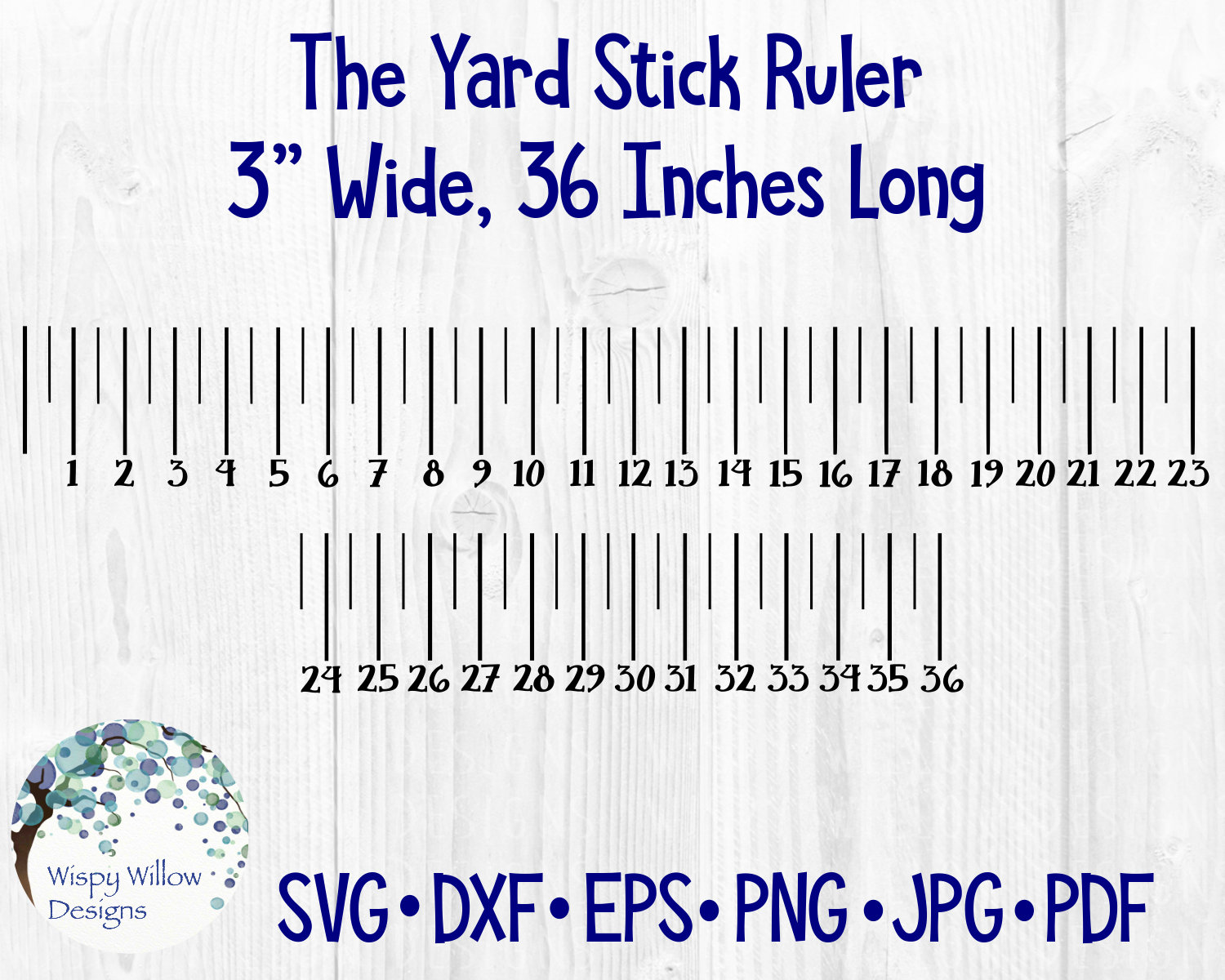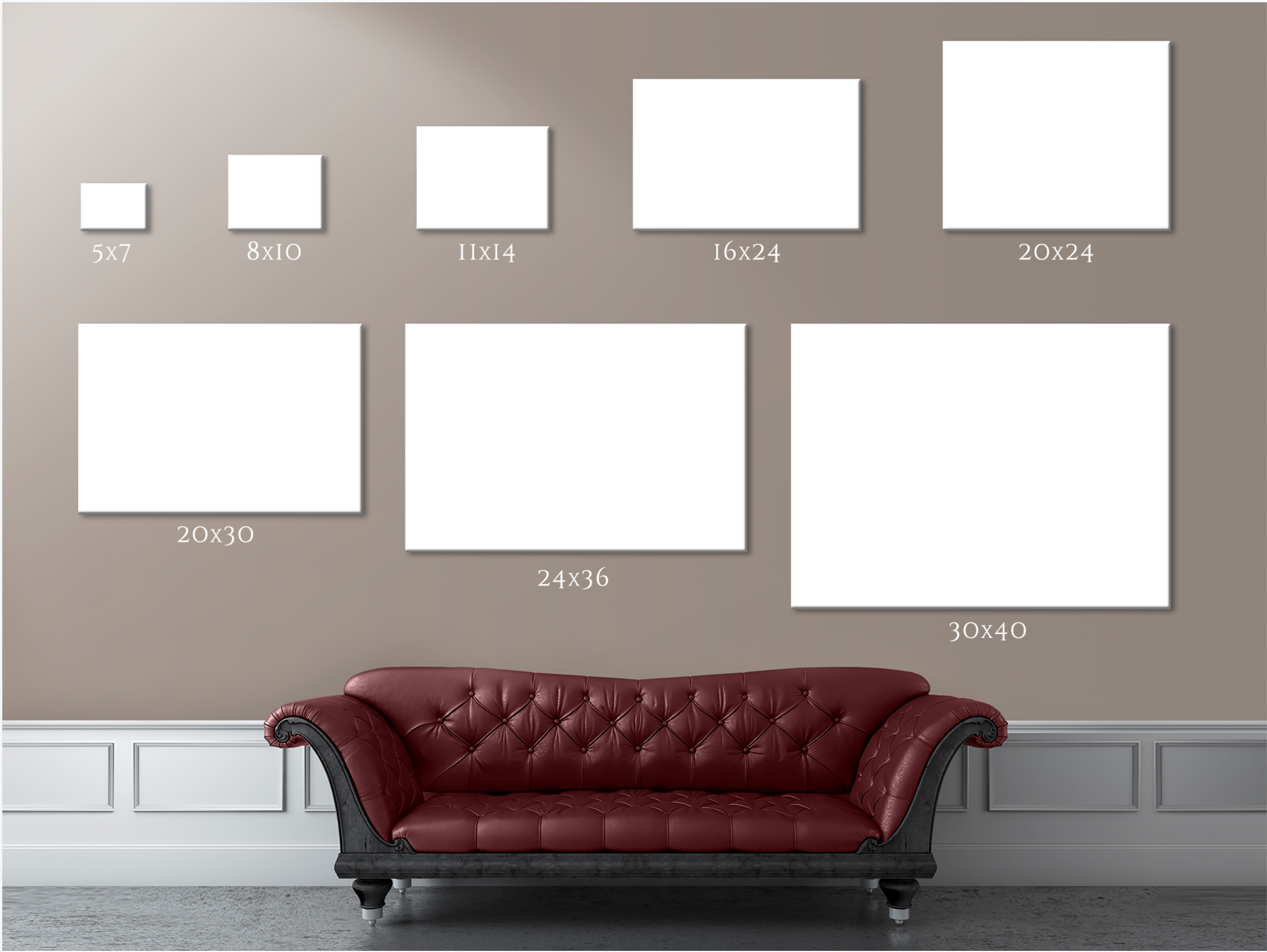Standard Bathroom Vanity Heights: Typical Height For Bathroom Vanity

The height of your bathroom vanity is a crucial design element that affects both functionality and aesthetics. A well-chosen vanity height ensures comfortable use, maximizes storage space, and enhances the overall look of your bathroom. Choosing the right vanity height can be a balancing act between personal preference, accessibility guidelines, and the overall design of your bathroom.
Determining Standard Vanity Heights
The standard height for bathroom vanities is determined by a combination of accessibility guidelines and ergonomic principles. These guidelines ensure that the vanity is comfortable and easy to use for people of varying heights and abilities.
The most common standard vanity height is 34 inches, which is the recommended height for accessibility compliance. This height allows for easy access to the sink and countertop for most individuals. However, there are variations depending on the size and configuration of the vanity.
Vanity Heights for Different Bathroom Configurations
Here’s a table that Artikels different vanity heights for various bathroom layouts and configurations:
| Vanity Type | Typical Height (inches) |
|---|---|
| Single-sink vanity | 34-36 |
| Double-sink vanity | 34-36 |
| Vanity with drawers | 34-36 |
| Vanity with open shelves | 34-36 |
| Vanity with a built-in mirror | 34-36 |
“A well-designed bathroom vanity should be accessible to all users, regardless of their height or physical abilities.”
Factors Influencing Vanity Height

The ideal bathroom vanity height is a crucial consideration for comfort, functionality, and aesthetics. While standard heights exist, several factors can influence the best choice for your specific needs.
Vanity Height and User Height, Typical height for bathroom vanity
The most significant factor is the height of the primary user. A vanity that is too low can cause discomfort and strain, while one that is too high can be awkward and difficult to use. A good rule of thumb is to choose a vanity height that allows the user to stand comfortably with their elbows slightly bent while washing their hands.
- For individuals under 5’4″, a vanity height of 30″ to 32″ may be more comfortable.
- For those between 5’4″ and 5’8″, a standard height of 34″ to 36″ is usually ideal.
- Individuals over 5’8″ may prefer a vanity height of 38″ to 40″ for better ergonomics.
Bathroom Layout and Vanity Style
The layout of the bathroom and the style of the vanity can also affect the optimal height.
- In smaller bathrooms, a shorter vanity can help maximize space and create a less cluttered feel. Conversely, a taller vanity can provide additional storage and enhance the visual impact in a larger bathroom.
- A traditional vanity style often features a more substantial design with decorative details, which may contribute to a higher overall height. Modern vanities tend to be sleeker and more minimalist, often with lower profiles.
Countertop Material, Sink Type, and Storage Options
The choice of countertop material, sink type, and storage options can also impact the overall height of the vanity.
- A countertop made of thick, heavy materials like granite or marble will naturally add to the height of the vanity. Thinner materials like laminate or engineered stone can create a lower profile.
- The type of sink chosen can also affect the overall height. Undermount sinks, which are installed below the countertop, can create a more streamlined look and lower height. Above-counter sinks, on the other hand, will add to the height of the vanity.
- Adding drawers or cabinets to the vanity will increase the overall height. If you need ample storage, a vanity with drawers may be the best option. However, if you prefer a lower profile, consider a vanity with open shelves or a combination of drawers and shelves.
Considerations for Choosing the Right Height

Selecting the perfect vanity height for your bathroom is crucial for comfort, functionality, and aesthetics. It’s not just about the standard measurements; it’s about tailoring the vanity to your individual needs and preferences.
User Height
The user’s height is the most significant factor when choosing a vanity height. A vanity that is too high will force you to reach up, straining your back and shoulders. Conversely, a vanity that is too low will require you to bend over, putting pressure on your knees and lower back.
The ideal vanity height should allow you to stand comfortably with your elbows at a 90-degree angle while using the sink.
For instance, if you are taller than average, you may need a vanity that is higher than the standard height. On the other hand, if you are shorter, you may need a vanity that is lower than the standard height.
Bathroom Layout
The layout of your bathroom also plays a role in determining the right vanity height. Consider the following:
- Ceiling height: If your bathroom has a low ceiling, you may want to choose a vanity that is lower than the standard height to avoid making the space feel cramped.
- Space around the vanity: Ensure you have enough space around the vanity for comfortable movement. If your bathroom is small, you may need to choose a vanity that is narrower than the standard width.
- Other fixtures: The height of your toilet, shower, and other fixtures should be taken into consideration. You want to create a cohesive and comfortable environment.
Design Aesthetic
The overall design aesthetic of your bathroom should also be considered when choosing a vanity height.
- Traditional bathrooms: A traditional bathroom often features a vanity with a taller countertop, which can create a more formal and elegant look.
- Modern bathrooms: Modern bathrooms tend to have lower countertops, creating a sleek and minimalist look.
